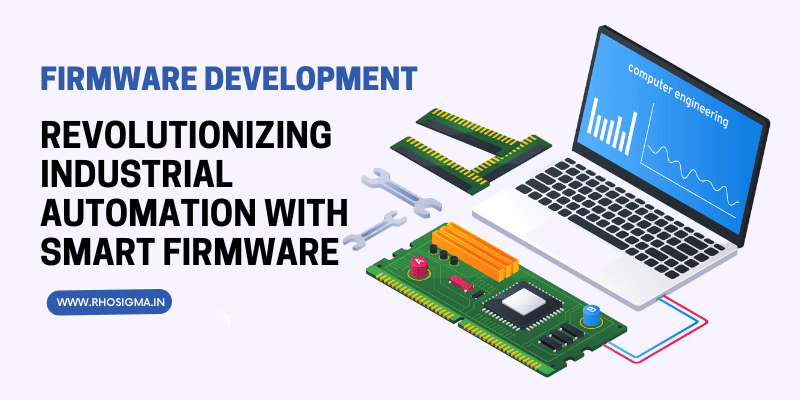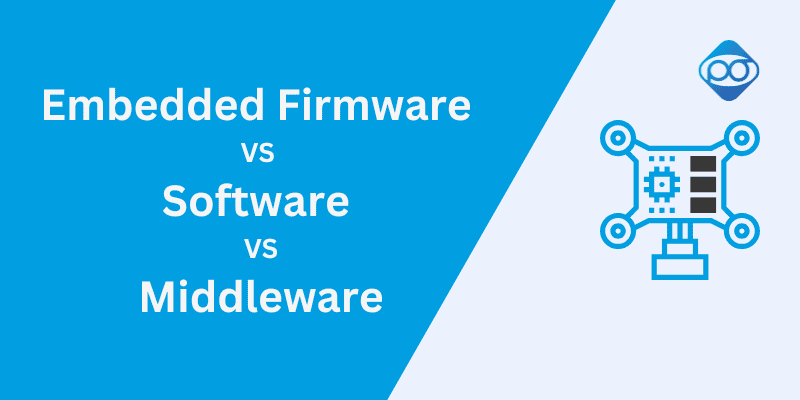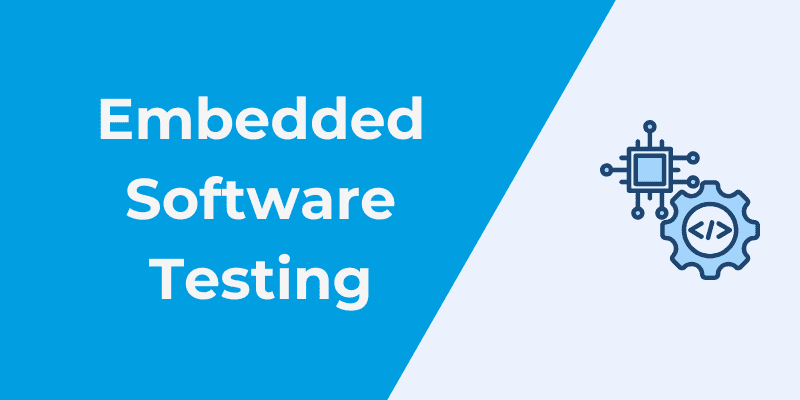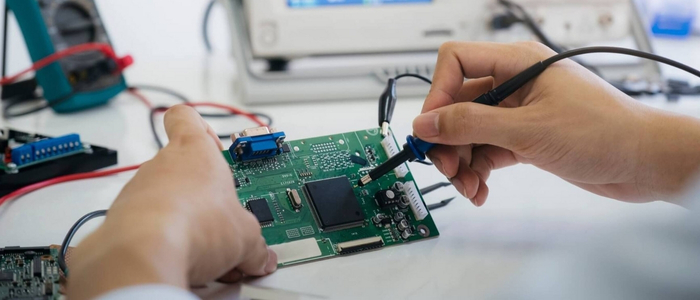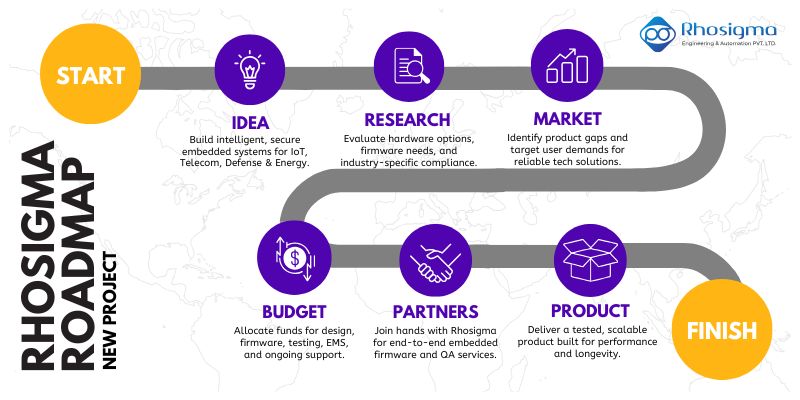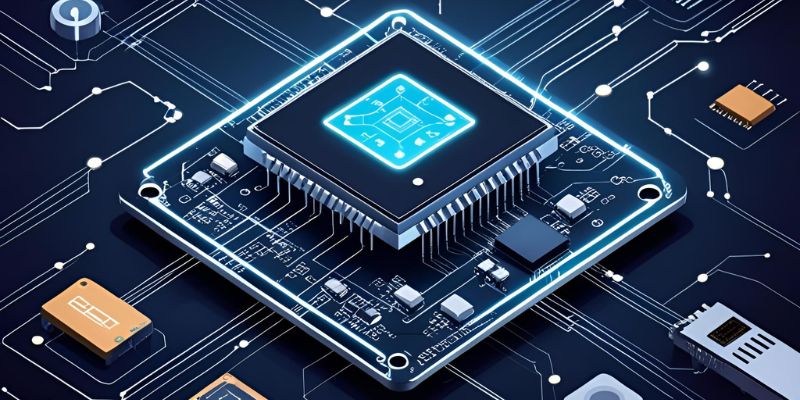Embedded Software Testing: Challenges & Practical Solutions

Are you struggling with embedded testing? Discover common challenges and solutions to improve system reliability, debugging efficiency, & performance.
Embedded systems are everywhere in your smartphone, industrial machines, and cars. But testing these systems isn’t always easy.
Unlike software testing, embedded software testing involves real hardware, strict timing constraints, and complex integrations. A small issue can lead to big failures so testing is crucial in development.
While testing many people struggle with debugging hard-to-reach hardware, real-time constraints, and system security. If you are facing these challenges, don't worry these are common solvable issues.
In this blog, we’ll understand the most common embedded testing challenges and how to solve them.
Common Challenges in Embedded Software Testing & Solutions
1. Resource Constraints
One of the biggest challenges in testing embedded software is re-source constraints like limited memory, processing power, and storage.
For example, Low RAM or storage prevents you from detailed logs or large test suites. low processing power can make it hard to execute complex test cases in real-time.
Solution
- Use Lightweight Testing Tools like JTAG debuggers, serial output logs, and firmware profiling tools that work with limited resources.
- Design test cases that are short, efficient, and modular. Focus on critical functionality instead of running exhaustive tests that could overwhelm the system.
- Instead of storing large logs, use circular buffers or log filtering to capture only relevant test data. This prevents memory overflow while still providing valuable debugging information.
- If the device runs on a battery, test power consumption using power-aware debugging tools and optimize firmware to reduce energy drain while maintaining performance.
2. Hardware-Software Integration Issues
Embedded systems are a combination of hardware and software. The problem begins while integrating them, you might find that the software works properly in a test environment but behaves differently when running on actual hardware. problems in embedded integration testing can arise due to firmware updates or hardware components that do not respond as expected during testing.
Solutions
- Don’t wait until the end, start testing small parts as soon as they are developed. This will help you catch issues early.
- Before finalizing the hardware, test your software on a prototype to ensure compatibility.
- Test in different environments to check the system’s reliability under various conditions.
- If real hardware isn’t available yet, use a simulator that mimics the hardware’s behavior.
- Ensure that all drivers (which help the software communicate with the hardware) are working correctly. Also, test firmware updates carefully to avoid compatibility issues that could crash the system.
3. Timing & Real-Time Constraints
Embedded systems often operate in real-time environments, but in applications such as automotive control systems, industrial automation, and medical devices, even a slight delay in processing can lead to failures.
Timing issues typically arise due to inefficient code execution, resource contention, or unpredictable delays in hardware responses.
Solution
- Ensure that critical tasks are executed efficiently by optimizing code and resource allocation.
- Implement a Real-Time Operating System (RTOS) to manage task scheduling effectively.
4. Lack of Standardized Testing Tools
Embedded systems vary widely in architecture, hardware configurations, and software requirements, which makes it difficult to establish universal embedded testing tools.
The lack of standardization leads to inconsistencies in test coverage, longer debugging cycles, and increased development costs.
Solution
- To solve this problem you can adapt to different hardware and software configurations.
- Utilize widely accepted testing tools, such as unit testing frameworks, hardware-in-the-loop (HIL) simulations, and automation tools, to improve efficiency and reliability.
5. Costly and Time-Consuming Process
Embedded system testing is an expensive and time-intensive process. Unlike traditional testing, embedded testing often involves real-world simulations, hardware prototypes, and compliance with industry standards, all of which lead to higher costs.
Additionally, debugging embedded systems can be slow, as issues may stem from hardware-software interactions, requiring extensive troubleshooting and rework.
Solutions
- Identify issues in the early development stages to reduce rework and avoid costly errors.
- You can automate the testing process to reduce annual efforts. automation will accelerate the testing cycle.
- Adopt Agile and CI/CD Approaches. It will help you to shorten the development cycles by allowing incremental testing and faster feedback loops.
- Instead of building everything from scratch, adopt reusable test scripts, test cases, and automation frameworks to cut down development time and costs.
6. Security & Reliability Concerns
Often embedded systems are deployed in critical applications like automotive, medical, industrial automation, and IoT devices. Here security breaches or system failures can have serious consequences.
Additionally, firmware vulnerabilities, lack of encryption, weak authentication mechanisms, and unpatched security flaws make these systems prone to cyberattacks.
Solutions
- Use strong encryption and authentication
- Conduct regular security audits and penetration testing.
- Implement backup systems and fail-safe mechanisms to recover from unexpected failures without disrupting critical operations.
- Adhere to standards like ISO 27001, NIST, IEC 62443 (for industrial systems), and AUTOSAR (for automotive security) to enhance security and reliability.
7. Scalability & Maintenance Issues
In embedded systems, scalability can be challenging due to Hardware limitations, software compatibility issues, and rigid architectures.
and maintenance is another challenge as firmware updates, bug fixes, and hardware repairs are essential for long-term performance.
Solutions
- Develop software and hardware in independent modules so updates or expansions don’t require a complete redesign.
- Design software that supports older hardware versions to extend system lifespan.
- Maintain clear documentation, track software versions, and ensure hardware components remain available for replacements.
- Offload data processing to cloud or edge devices to improve system scalability and reduce hardware strain.
Conclusion
These challenges may arise and seem overwhelming in the beginning, but now you know that a well-planned approach can help to overcome these challenges.
By implementing future-proof design strategies, various businesses have developed systems that not only meet the current needs but also adapt to future demands with minimal disruptions.
Looking for expert guidance in embedded software testing? Partner with Rhosigma to build scalable, high-performance solutions. Get in touch today to discuss your project!
